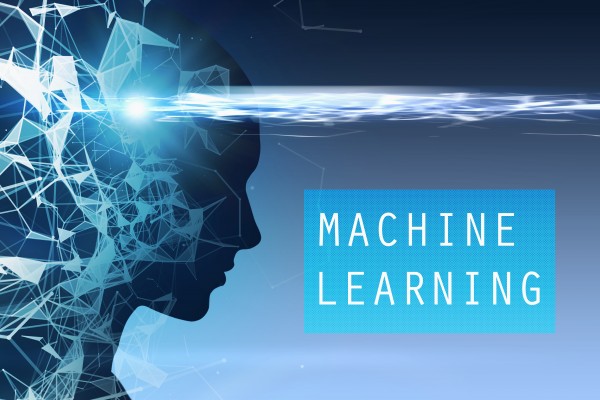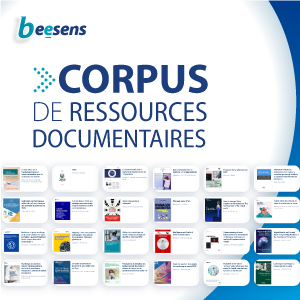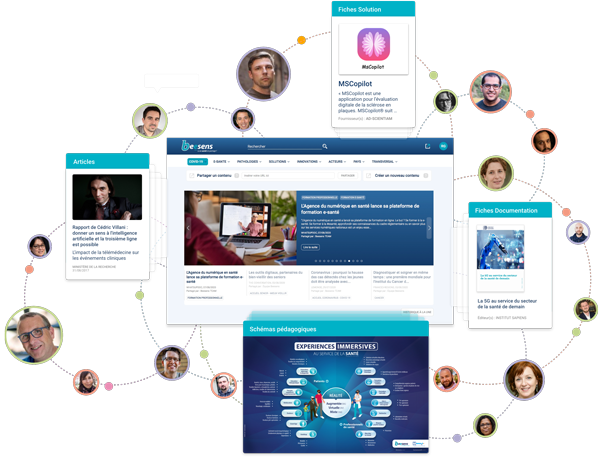"Breast cancer is the most common form of cancer, and it has the highest mortality rate, but a new machine learning model has given healthcare providers a new weapon in the battle to defeat it.
Developed by researchers at Michigan Technological University, the new tool uses probability to classify more accurately instances of breast cancer revealed in histopathology images.
“Any machine learning algorithm that has been developed so far will have some uncertainty in its prediction,” explained Ponkrshnan Thiagarajan, a mechanical engineering grad student and one of the authors on a paper published in the journal IEEE Transactions on Medical Imaging. “There is little way to quantify those uncertainties. Even if an algorithm tells us a person has cancer, we do not know the level of confidence in that prediction.”
In the paper, Thiagarajan, along with fellow grad student Pushkar Kharinar and Susanta Ghosh, assistant professor of mechanical engineering and machine learning expert, explain how their novel probabilistic machine learning model can evaluate the uncertainty in its predictions as it classifies benign and malignant tumors, thus helping reduce the risk of false predictions.
In medical situations, not knowing how confident an algorithm is makes it difficult to rely on computer-generated predictions. According to the team, the new model is an extension of the Bayesian neural network — a machine learning model that can evaluate an image and produce an output. “We have developed a novel technique to utilize the uncertainties provided by the Bayesian–CNN that significantly improves the performance on a large fraction of the test data (about 6% improvement in accuracy on 77% of test data),” the team write in their report.
The model differentiates between negative and positive classes by analyzing the images, which at their most basic level are collections of pixels. In addition to this classification, the model can measure the uncertainty in its predictions. In a medical laboratory, such a model promises time savings by classifying images faster than a lab tech. And, because the model can evaluate its own level of certainty, it can refer the images to a human expert when it is less confident..."
Lire la suite
Machine learning offers more targeted analysis of breast cancer
HEALTHCAREITNEWS, 02/12/2021
Partagé par :
Beesens TEAM















